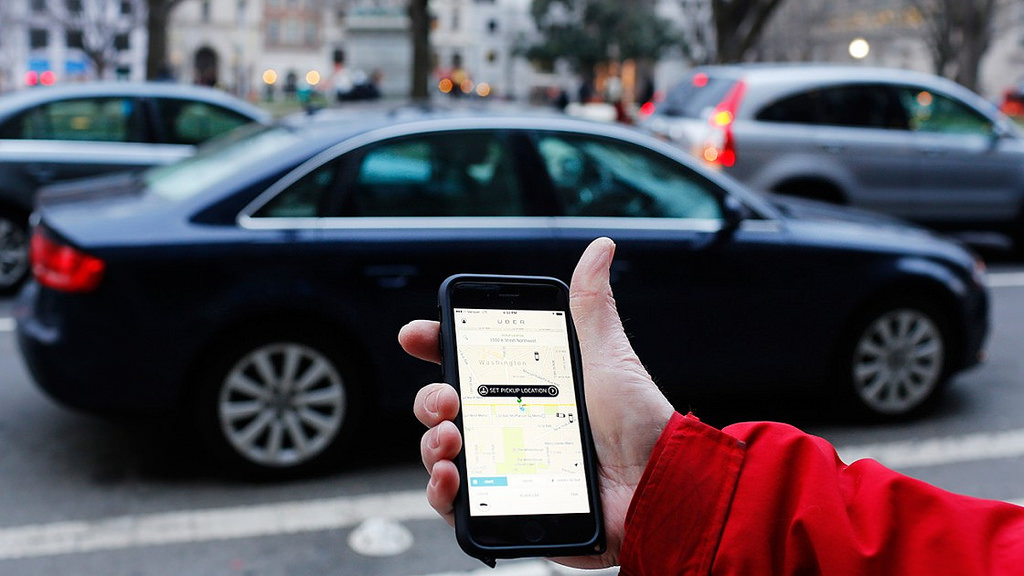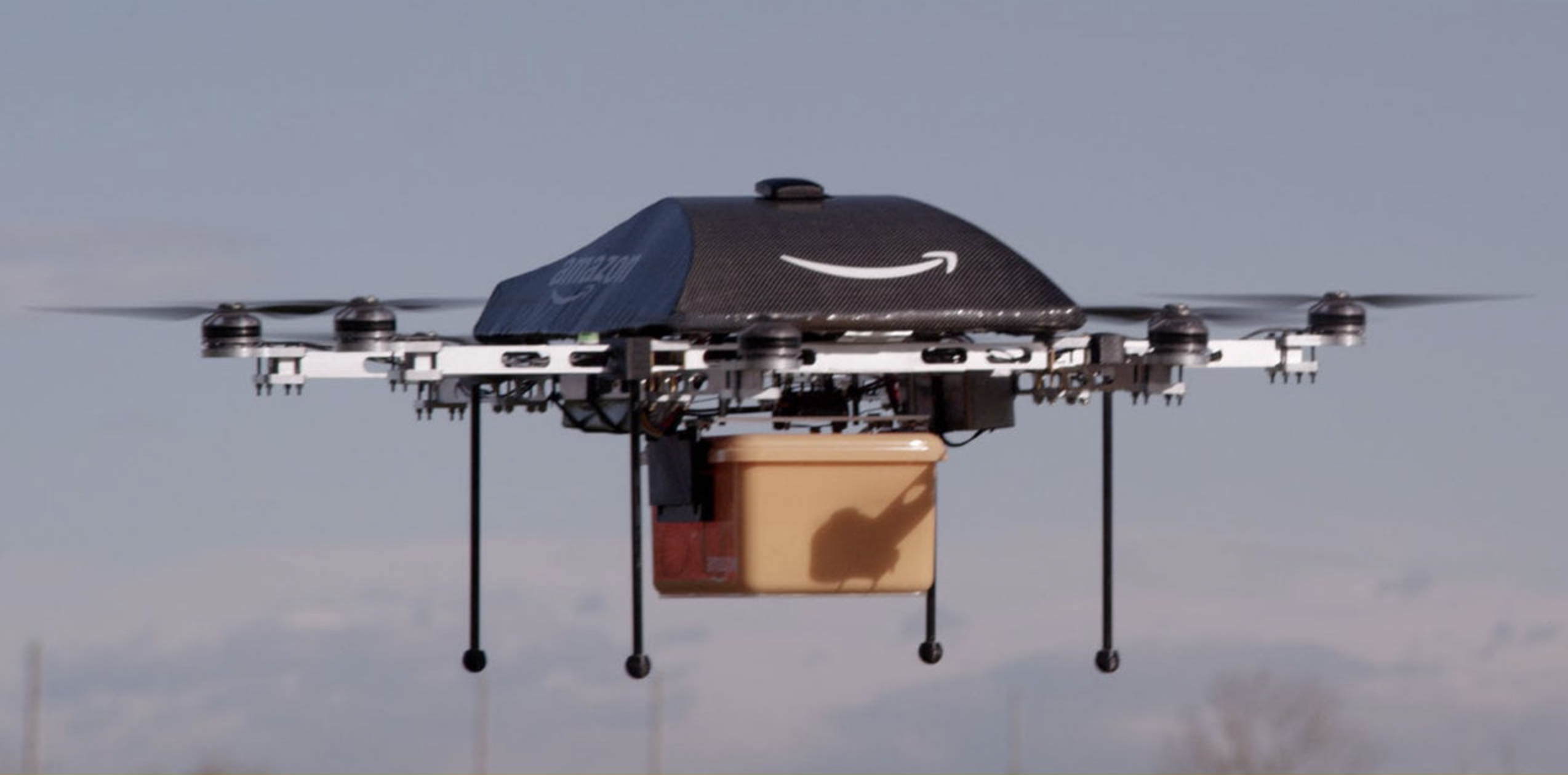
Uber integrates public transportation departure times in its app
If you often find yourself toggling between the Uber app and the local train schedule, your life is going to become much easier. At least if you are an Android user residing in one of the US cities listed at the bottom of this post.
Uber has joined forces with Canadian journey planning company called Transit to let users see upcoming departure times for public transport directly in the Uber feed. The information pops up when a rider is one block away from a public transit stop near the dropoff point. The time stamps keep getting refreshed instantaneously so that a user is always up-to-date with the latest information.
If you tap on any of the results, you will be redirected to Transit to let you see more details like directions from Point A to Point B, or notifications of service disruptions. While rolling out this feature for Android, Uber refrained from specifying how soon iOS users can expect this service.
But, is Uber killing its own customer base by showing people an option for another means of transport in real-time? Apparently not. In Paris, 65% of all Uber trips start or end within 200 meters of a Metro station. In London, the figure is 34%. In the US, a survey of 4,500 people who use a ride-hailing service revealed that 50% of them use a train as well, while 45% are frequent bus travelers who use a cab for ‘first mile, last mile’ connectivity.
So, Uber is promoting this feature as a step towards better-connected cities where ride-sharing options coupled with public transportation can become a viable alternative to personal car ownership.
Is this feature available in my city?
If you are an Android user living in any of the nearly 50 US cities listed below, fire up your Uber app and give this feature a go. We’d love to hear about your experience! Uber + Transit is available in:
Albuquerque, Ann Arbor, Atlanta, Baltimore, Boston, Buffalo, Charlottesville, Chattanooga, Chicago, Cincinnati, Cleveland, Connecticut, Dallas, Dayton, Denver, Detroit, Fort Myers, Grand Rapids, Hampton Roads, Honolulu, Houston, Indianapolis, Jacksonville, Kansas City, Las Vegas, Los Angeles, Louisville, Madison, Miami, New Orleans, New York City, Orlando, Philadelphia, Phoenix, Pittsburgh, Portland (ME), Portland (OR), Raleigh, Sacramento, Salt Lake City, San Diego, SF Bay Area, Seattle, St. Louis, Tampa Bay Area, DC and Worcester.






